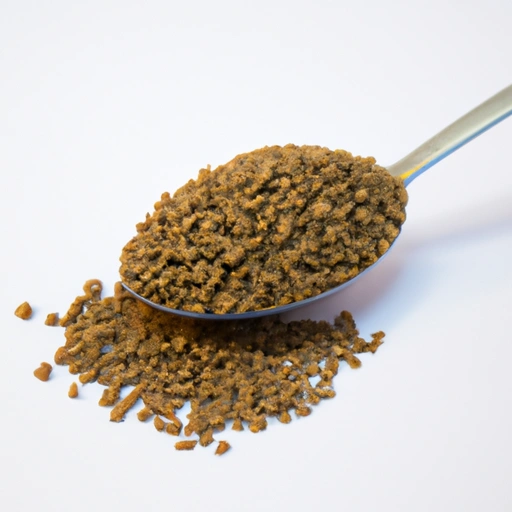Bran Cereal
Description

Bran cereal is produced from the hard outer layers of cereal grains, including wheat, oats, rice, and corn. During the milling process, the bran is separated from the flour, resulting in a high-fiber byproduct that is then transformed into a nutritious cereal. Bran cereal can come in various forms, such as flakes, pellets, or crunchy strands, and is often fortified with additional vitamins and minerals to enhance its nutritional profile.
Common uses
Bran cereal is widely used as a breakfast food, typically served with milk, yogurt, or as a topping for other dishes. It can also be incorporated into baked goods, such as muffins, bread, and cookies, to add texture and nutritional value.
Nutritional value
Calories
One cup (approximately 58 grams or 2 ounces) of bran cereal provides around 125 kcal (Calories).
Protein
Each cup contains about 4 grams (0.14 ounces) of protein, offering a modest contribution to daily protein intake.
Fat
Bran cereal is generally low in fat, with one cup containing roughly 1.5 grams (0.05 ounces).
Carbohydrates
Carbohydrates make up about 32 grams (1.13 ounces) per cup, with a significant proportion of that being dietary fiber.
Vitamins
Many bran cereals are fortified with essential vitamins, such as B-vitamins (thiamine, riboflavin, niacin, folic acid) and vitamin D.
Minerals
Mineral content includes iron, magnesium, phosphorus, zinc, and a notably high level of selenium.
Health benefits
The high fiber content in bran cereal aids digestion and can help prevent constipation. It is also associated with reducing cholesterol levels, which may lower the risk of heart disease. The presence of essential vitamins and minerals supports overall health and well-being.
Potential risks
Overconsumption of bran cereal may lead to digestive issues such as bloating and gas. Additionally, it may interfere with the absorption of certain medications and minerals if not consumed in moderation.
Common recipes
Bran cereal is a staple in breakfast recipes, often combined with fruits and nuts for a nutritious start to the day. It is also a common ingredient in bran muffins, pancakes, and homemade granola.
Cooking methods
While bran cereal is typically eaten raw, it can also be toasted for a nuttier flavor or soaked to soften before adding to recipes.
Pairing with other ingredients
Bran cereal pairs well with dairy products, like milk and yogurt, and natural sweeteners such as honey or maple syrup to balance its earthy taste.
Summary
Bran cereal is a versatile, nutritious ingredient suitable for a variety of dietary needs. It is particularly valued for its high fiber content, vitamin and mineral fortification, and potential health benefits. While it is a staple in many breakfast dishes, bran cereal can also be incorporated into a wide range of culinary creations, providing texture, flavor, and nutritional enhancements to everyday meals.